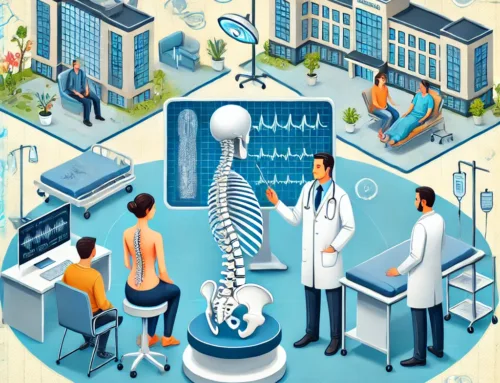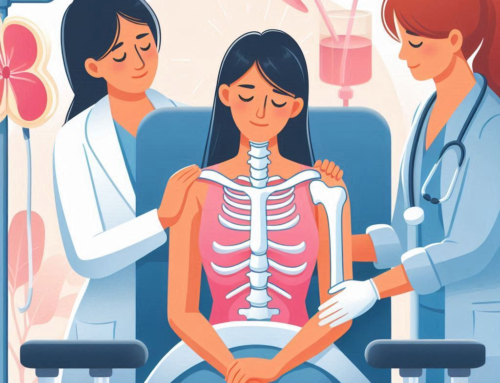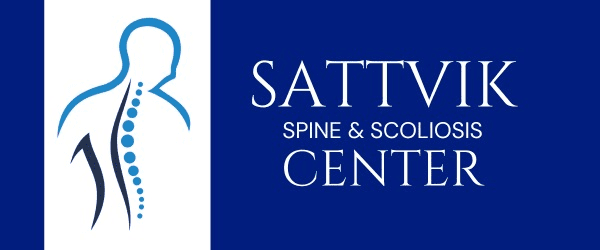Spine rehabilitation is a critical component of recovery for individuals suffering from back and neck issues. Combining the art of personalized care with the science of evidence-based practices, spine rehabilitation aims to restore function, reduce pain, and improve quality of life. This comprehensive guide explores effective strategies for successful spine rehabilitation, helping patients navigate their journey to recovery with confidence.
Understanding Spine Rehabilitation
What is Spine Rehabilitation?
Spine rehabilitation encompasses a range of therapies and exercises designed to improve spinal function and alleviate pain. It is often recommended for conditions such as herniated discs, spinal stenosis, degenerative disc disease, and post-surgical recovery.
Importance of a Multidisciplinary Approach
A successful spine rehabilitation program often involves a multidisciplinary team, including physical therapists, occupational therapists, chiropractors, and physicians. This collaborative approach ensures a comprehensive treatment plan tailored to each patient’s specific needs.
Also read From Fusion to Disc Replacement: The Spectrum of Spine Surgeries
Components of an Effective Spine Rehabilitation Program
Initial Assessment and Diagnosis
Comprehensive Evaluation
A thorough assessment by a spine specialist is the first step in developing an effective rehabilitation plan. This includes a detailed medical history, physical examination, and diagnostic imaging such as MRI or X-rays to identify the underlying cause of the spinal condition.
Customized Treatment Plan
Personalized Goals
Setting personalized goals based on the patient’s condition, lifestyle, and overall health is crucial. These goals guide the rehabilitation process and provide a clear path to recovery.
Exercise Therapy
Strengthening Exercises
Strengthening the muscles supporting the spine is essential for stability and pain reduction. Core strengthening exercises, such as planks and bridges, are commonly included in rehabilitation programs.
Flexibility and Stretching
Improving flexibility through stretching exercises helps reduce tension and improve range of motion. Yoga and Pilates are effective practices for enhancing spinal flexibility.
Manual Therapy
Manual therapy techniques, including massage, spinal manipulation, and mobilization, are used to relieve pain, reduce muscle tension, and improve joint function. These hands-on treatments complement exercise therapy.
Also read Exploring Spine Surgery: Types, Techniques, and Outcomes
Innovative Rehabilitation Techniques
Advanced Technologies in Spine Rehabilitation
Electrical Stimulation
Electrical stimulation uses low-level electrical currents to reduce pain and promote muscle recovery. It is particularly useful for patients experiencing muscle weakness or chronic pain.
Hydrotherapy
Hydrotherapy, or aquatic therapy, involves performing exercises in a warm water pool. The buoyancy of water reduces stress on the spine, making it easier to perform exercises without pain.
Robotic-Assisted Rehabilitation
Robotic-assisted devices aid in performing precise and controlled movements during rehabilitation exercises. These technologies enhance the effectiveness of rehabilitation programs, especially for patients with severe mobility issues.
The Role of Lifestyle Modifications
Importance of Healthy Habits
Ergonomics and Posture
Proper ergonomics and posture are vital in preventing spinal issues and aiding recovery. Patients are advised to maintain good posture while sitting, standing, and performing daily activities.
Nutrition and Hydration
A balanced diet rich in anti-inflammatory foods, such as fruits, vegetables, and omega-3 fatty acids, supports spinal health. Staying hydrated is also essential for maintaining disc hydration and overall spinal function.
Weight Management
Maintaining a healthy weight reduces the strain on the spine. Weight management through diet and exercise is a key component of long-term spinal health.
Also read Unraveling the Mysteries of Spinal Treatment: Expert Perspectives
Monitoring Progress and Adjusting the Plan
Regular Follow-Ups
Tracking Progress
Regular follow-up appointments with the rehabilitation team are essential for monitoring progress. Adjustments to the treatment plan are made based on the patient’s response to therapy.
Overcoming Setbacks
Rehabilitation is a gradual process, and setbacks can occur. It’s important to stay motivated and work closely with the rehabilitation team to address challenges and stay on track.
Conclusion: Achieving Success in Spine Rehabilitation
The art and science of spine rehabilitation involve a personalized, multidisciplinary approach tailored to each patient’s unique needs. By combining evidence-based practices with innovative technologies and lifestyle modifications, patients can achieve significant improvements in spinal function and quality of life. Embrace the journey to recovery with these strategies for success, and empower yourself with the knowledge and tools to maintain a healthy spine.
Note: We are also on WhatsApp, LinkedIn, and telegram, to get the latest news updates, Join our Channels. WhatsApp– Click here, to telegram – Click Here, and for LinkedIn– Click Here.











Get Social